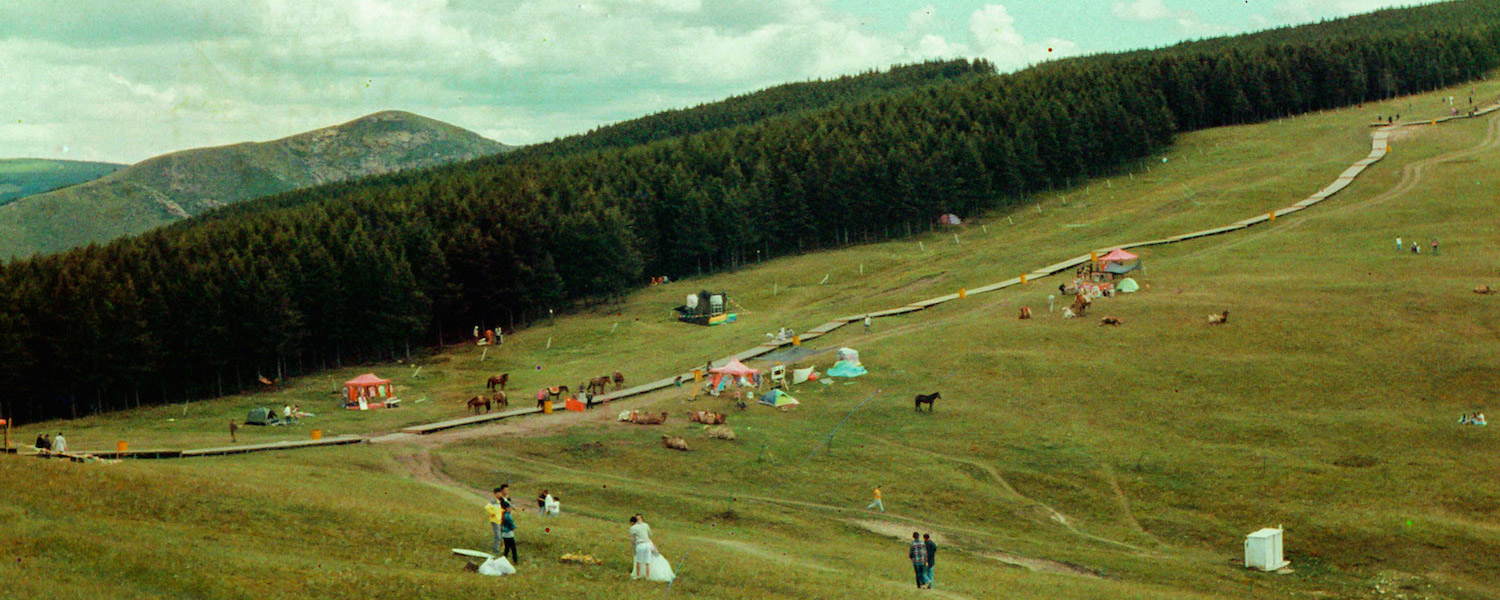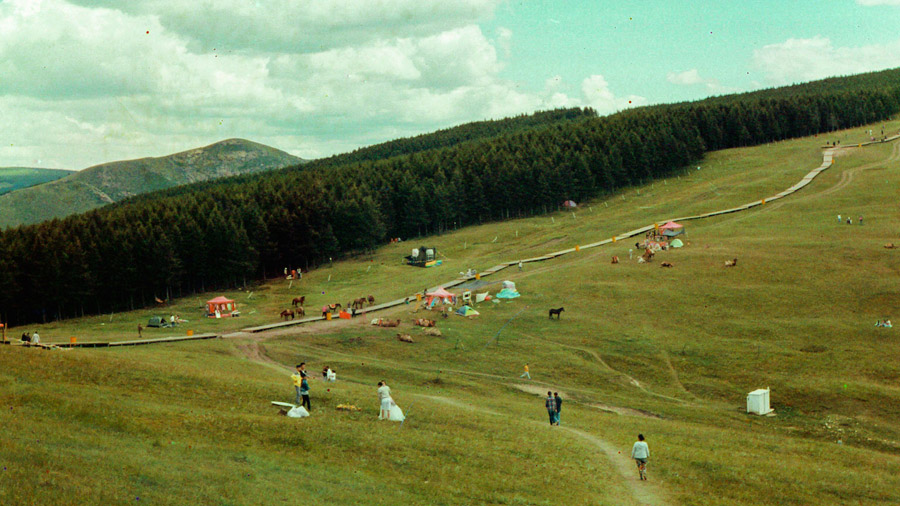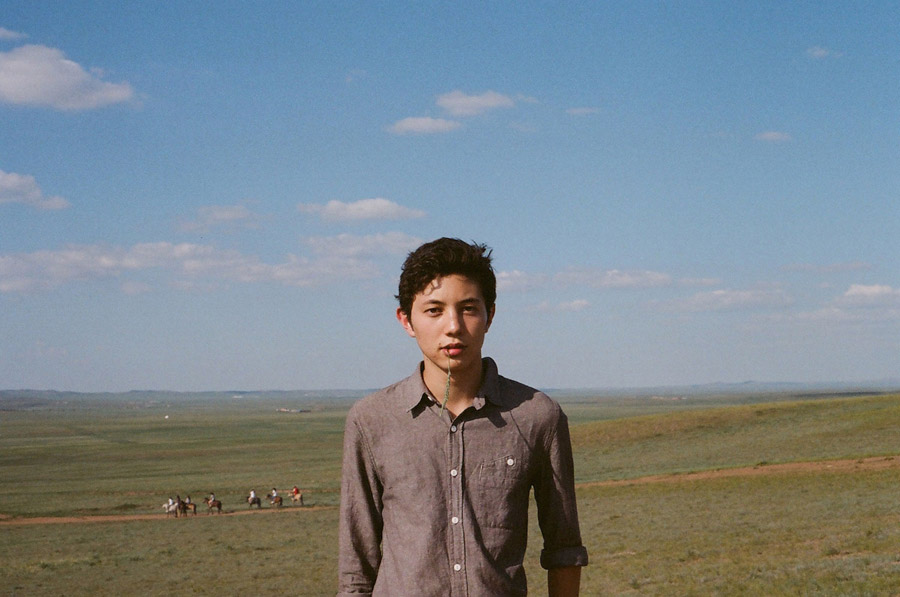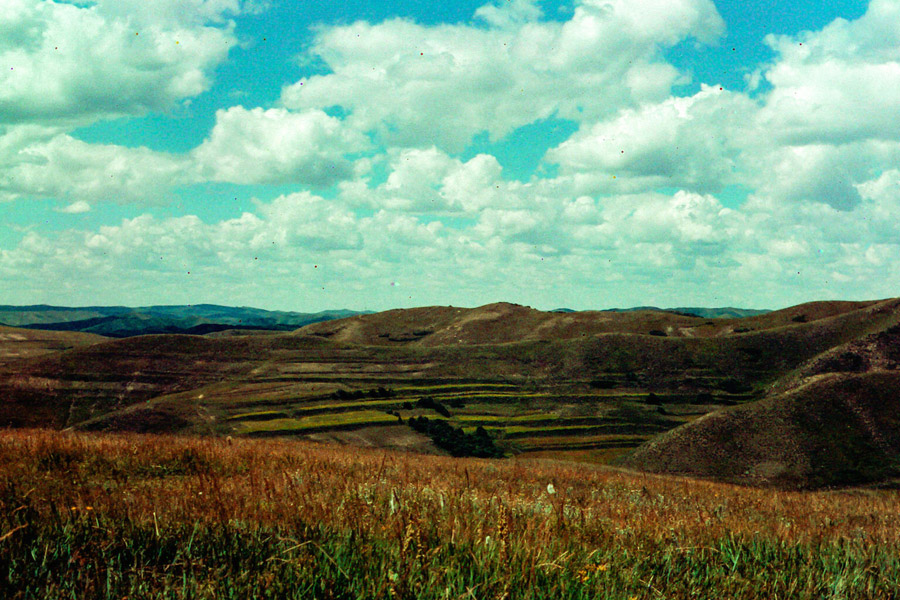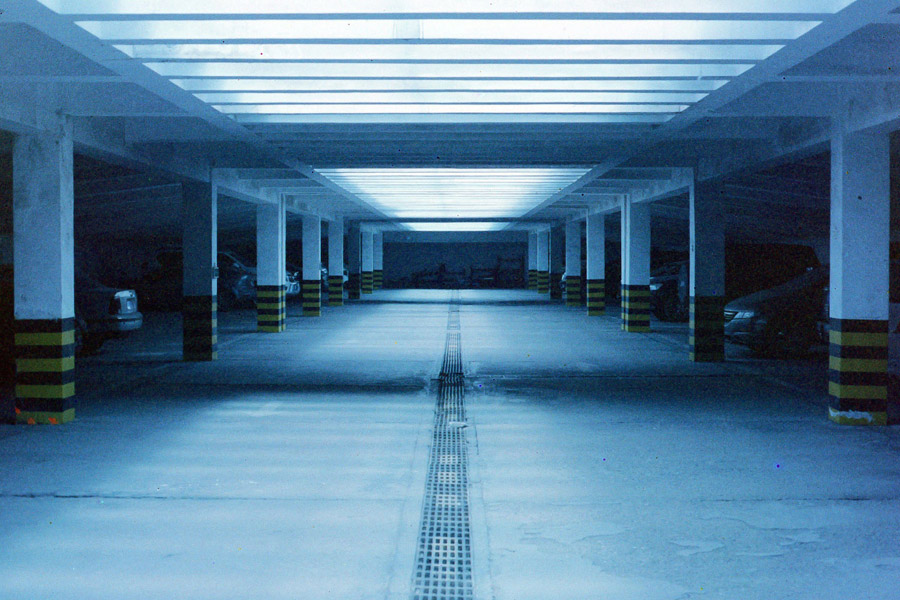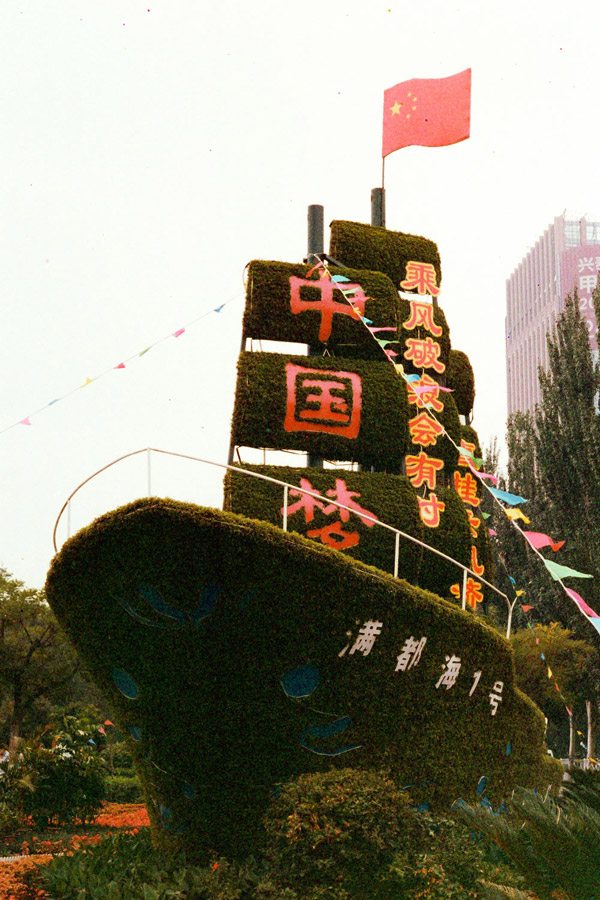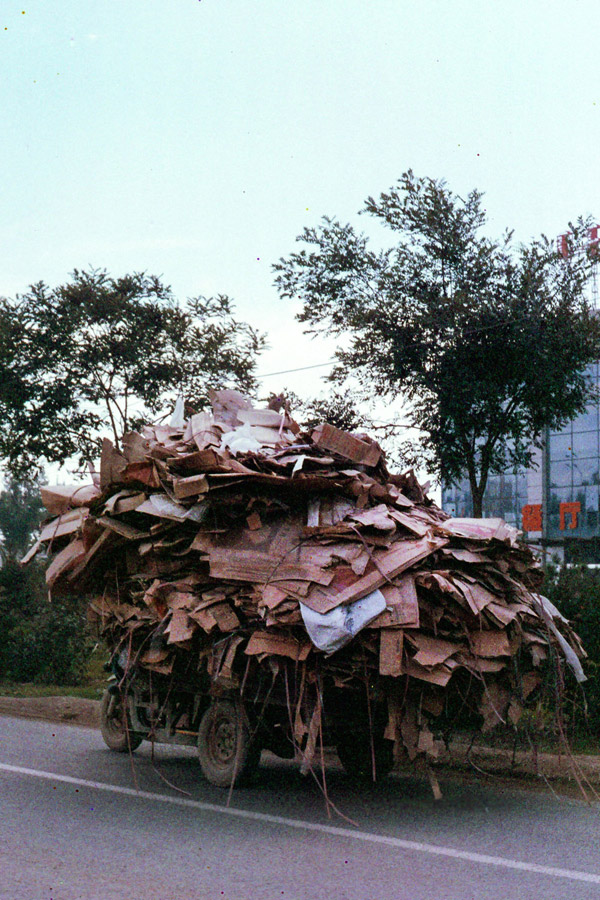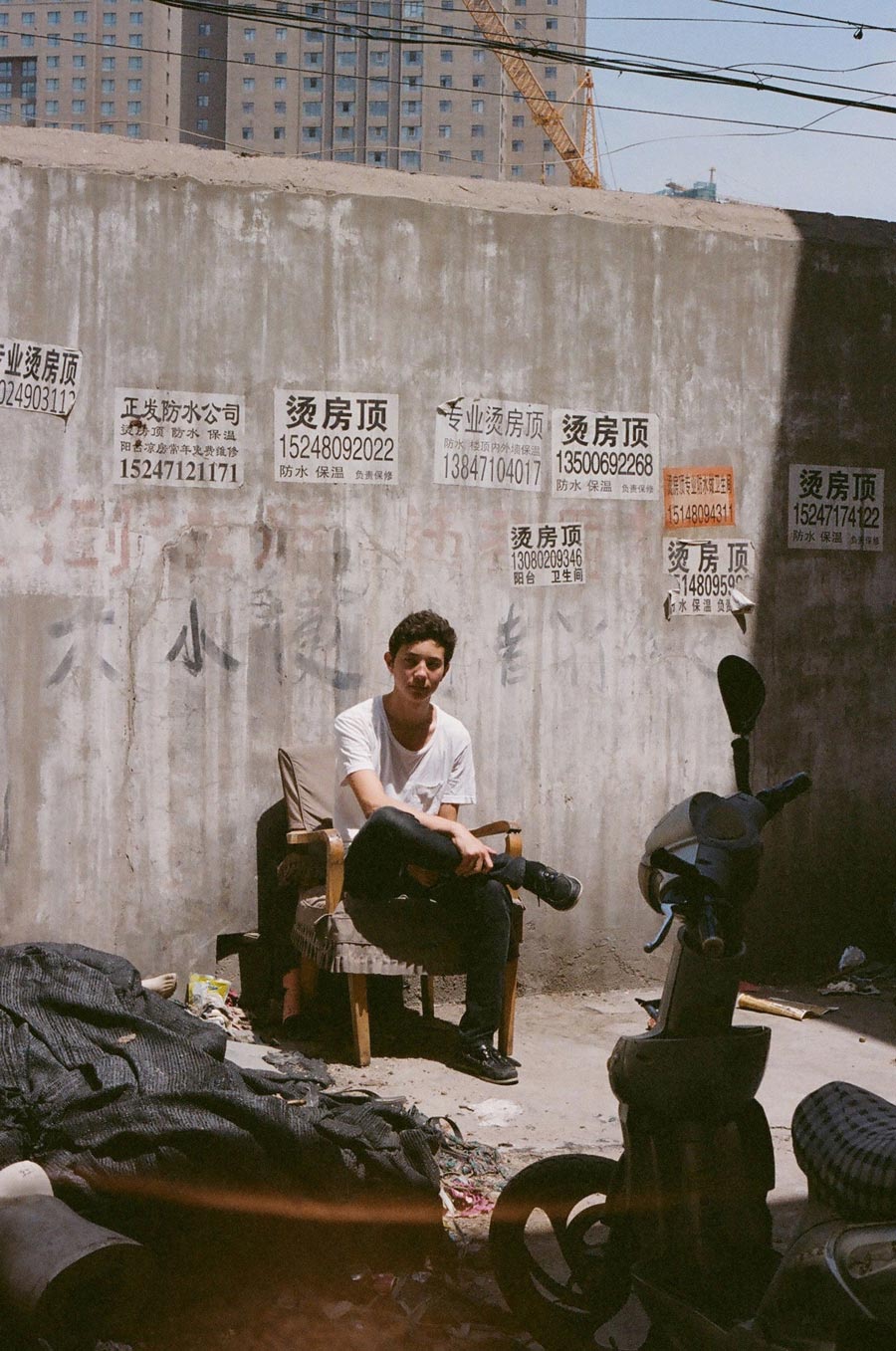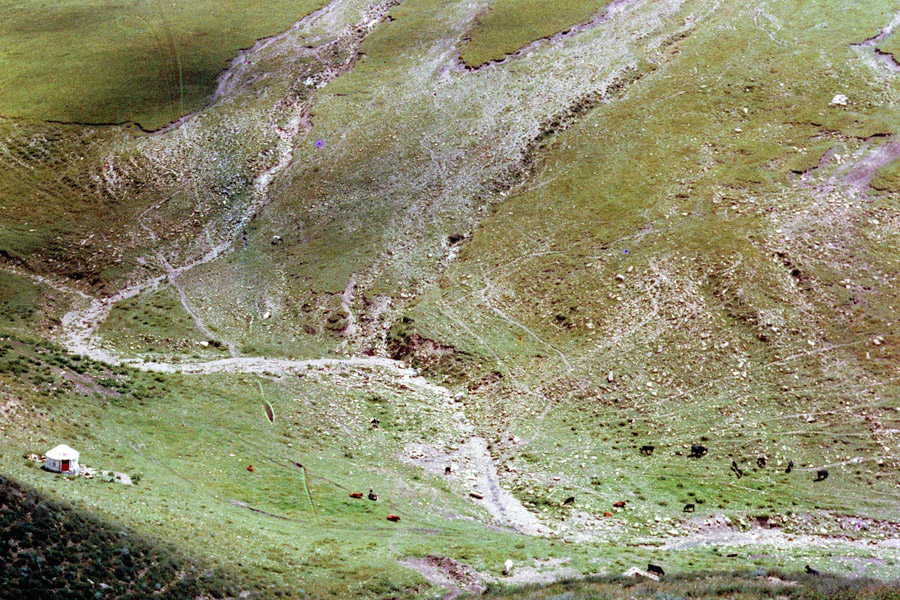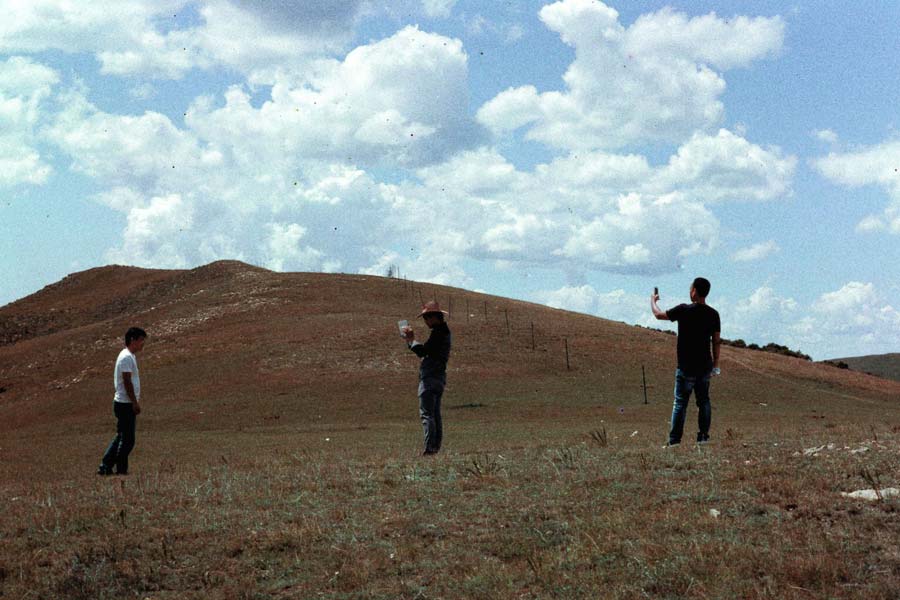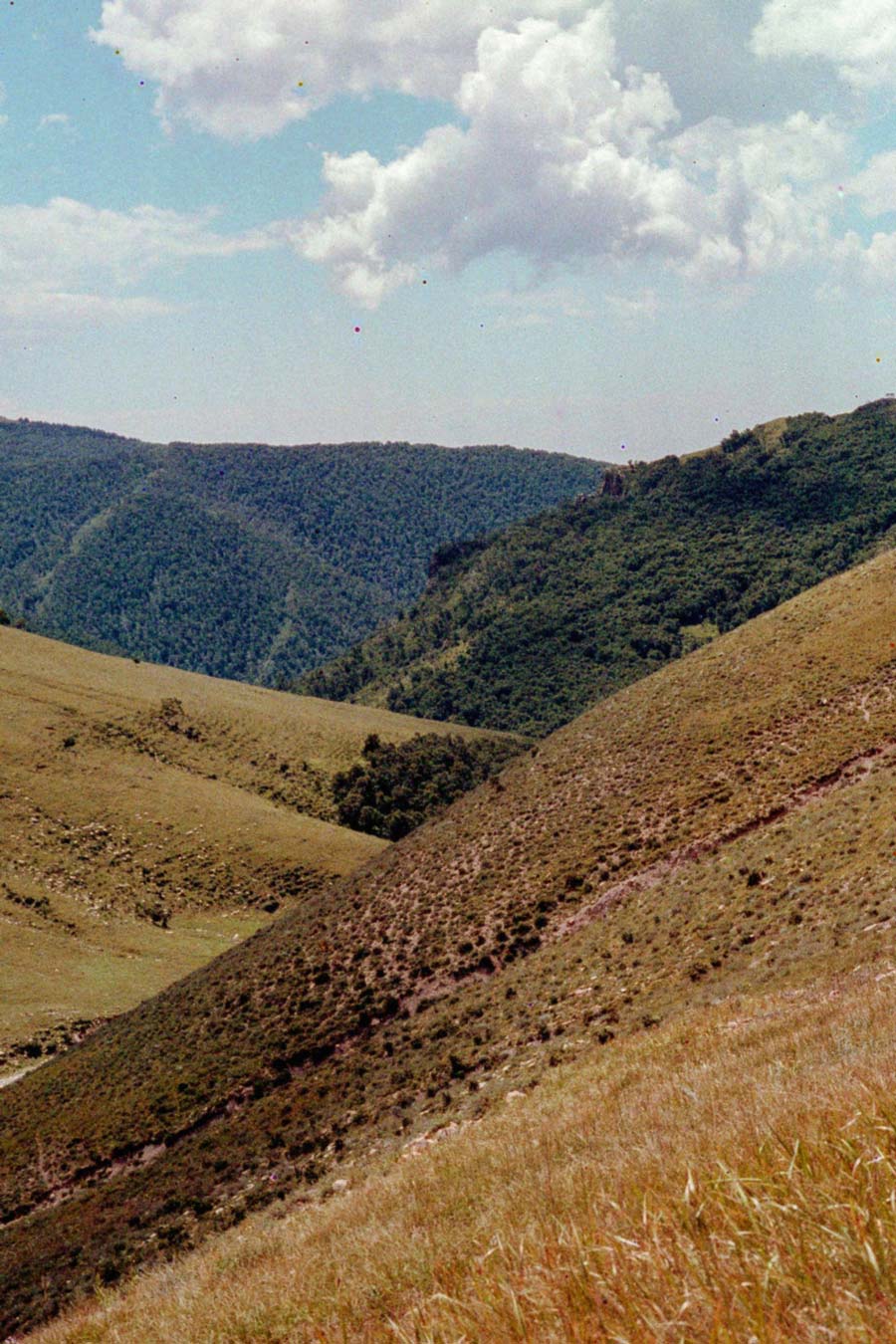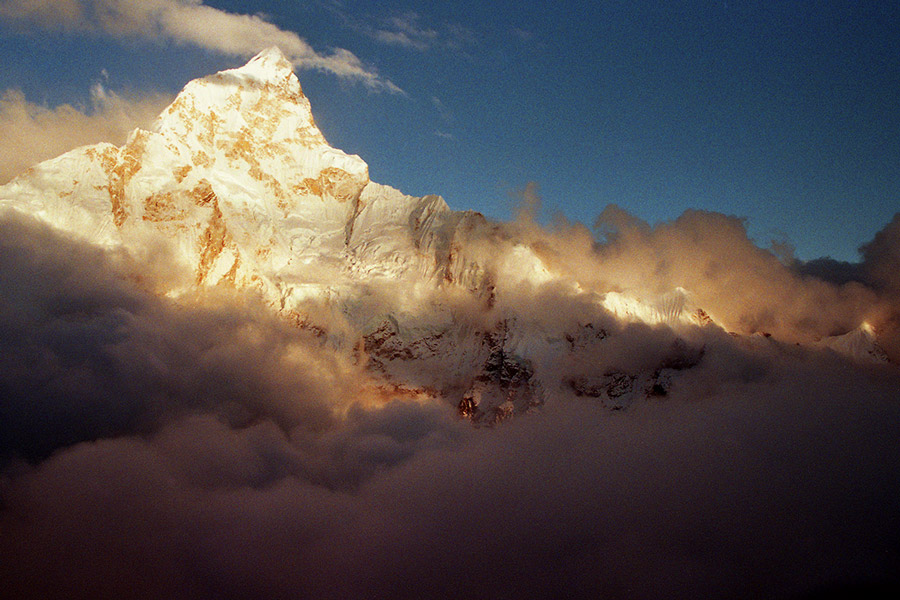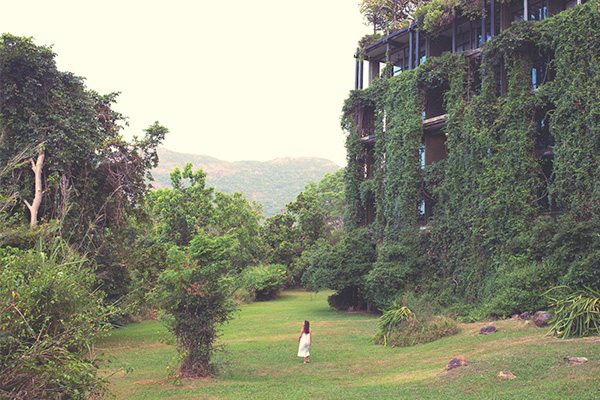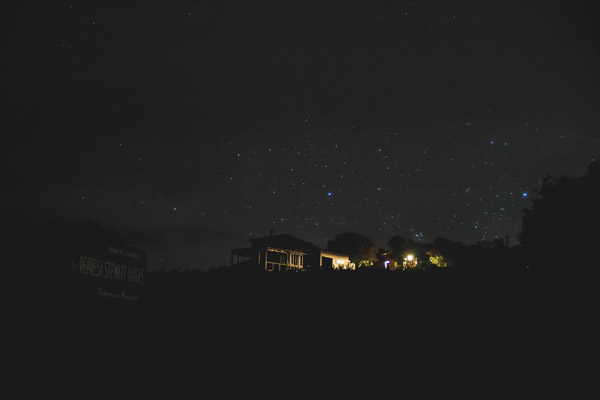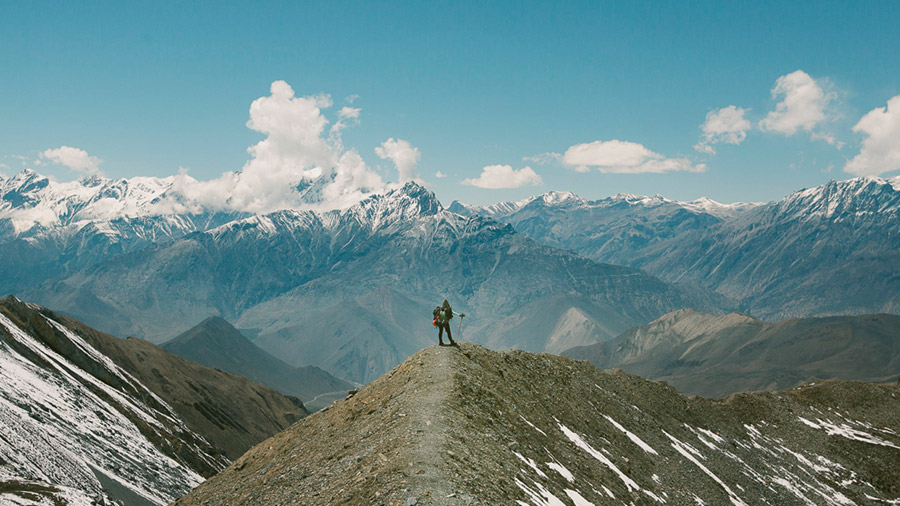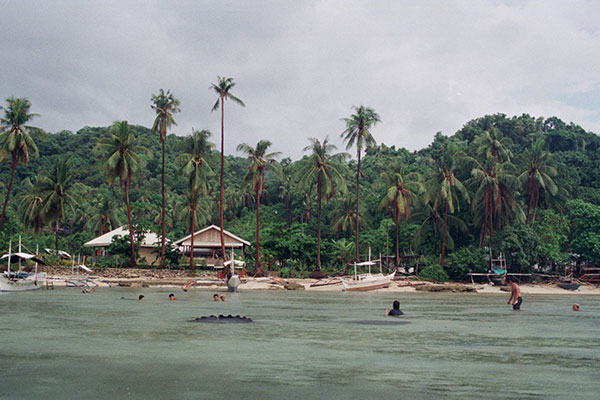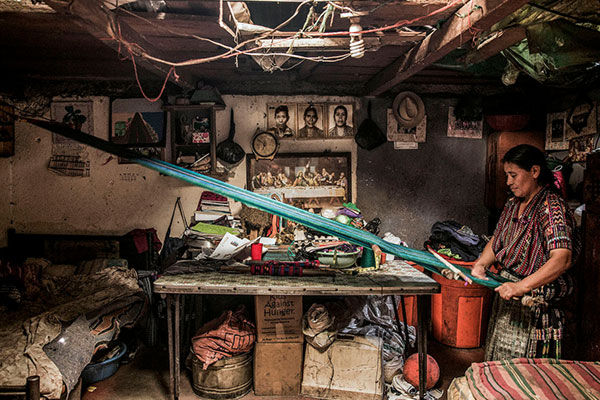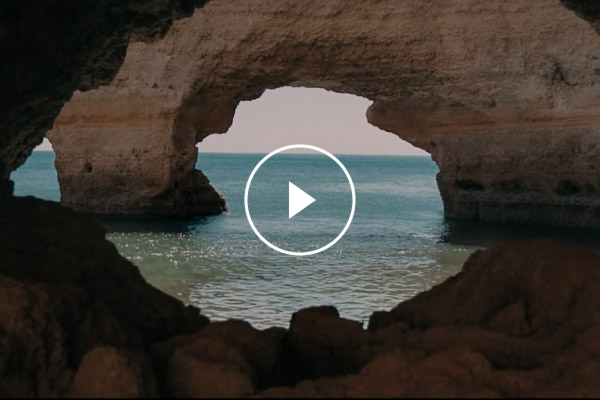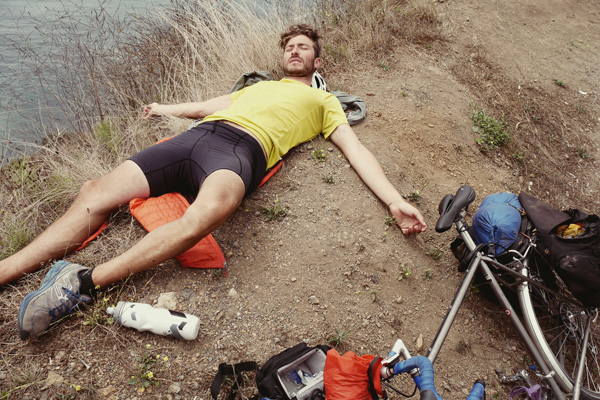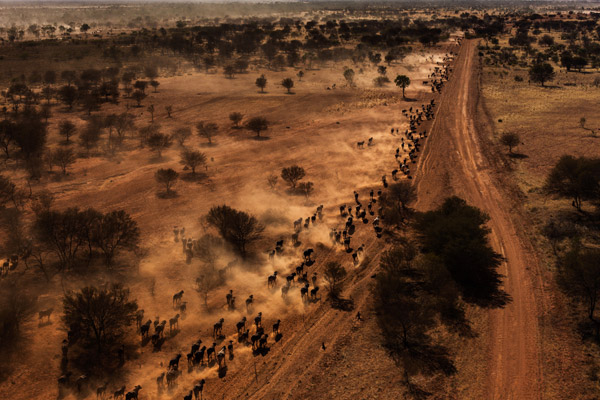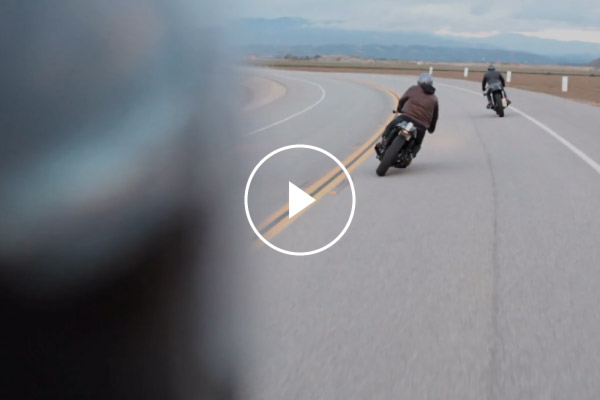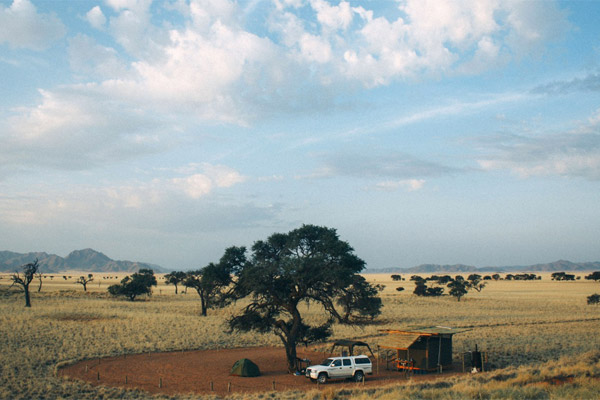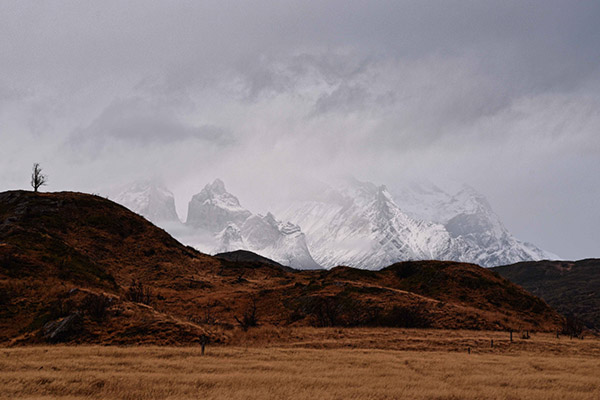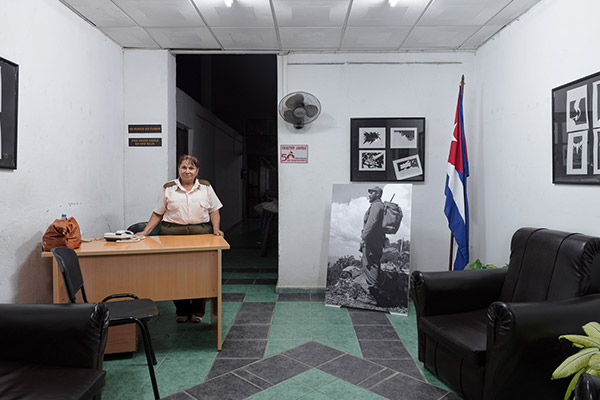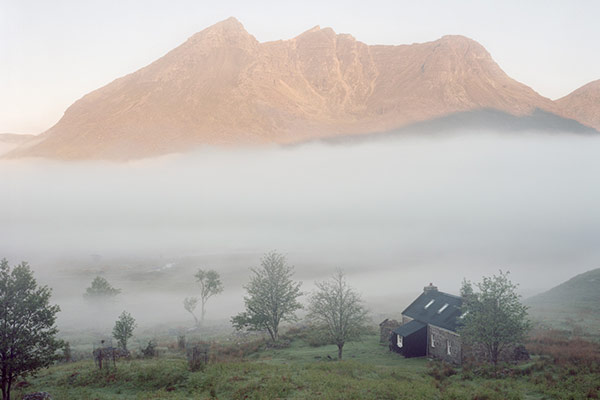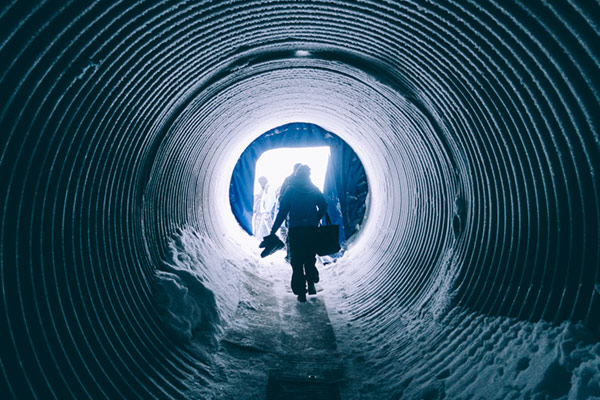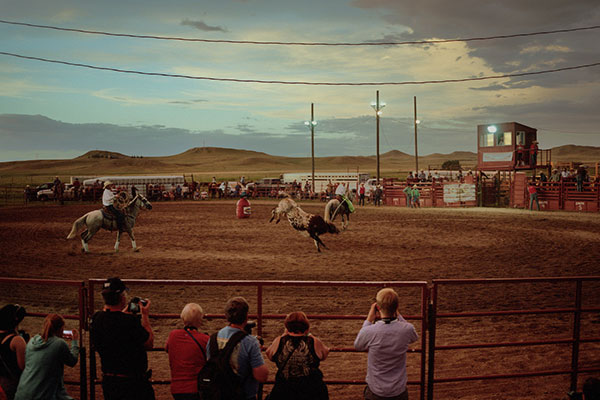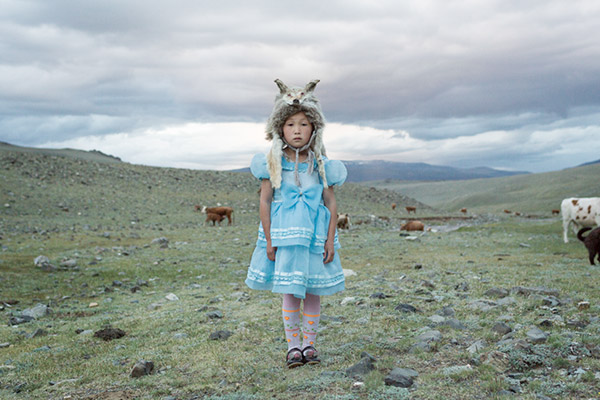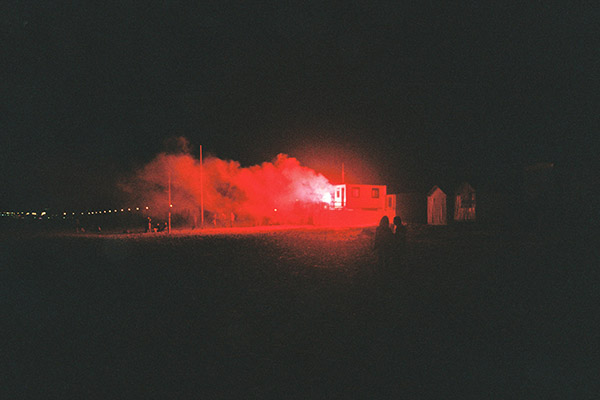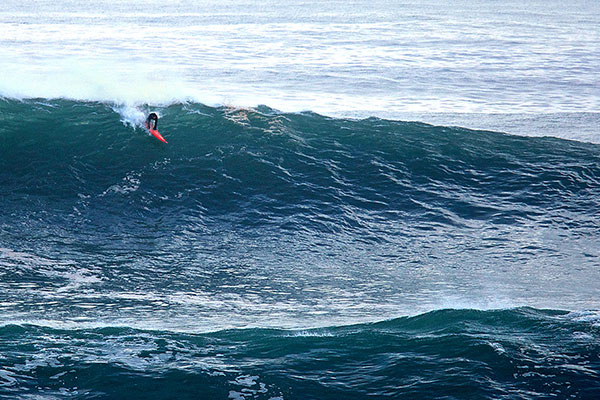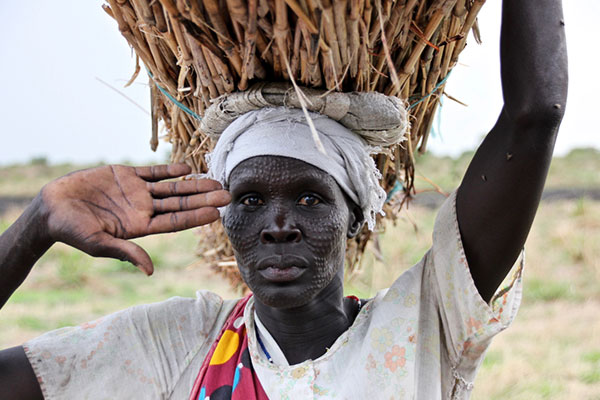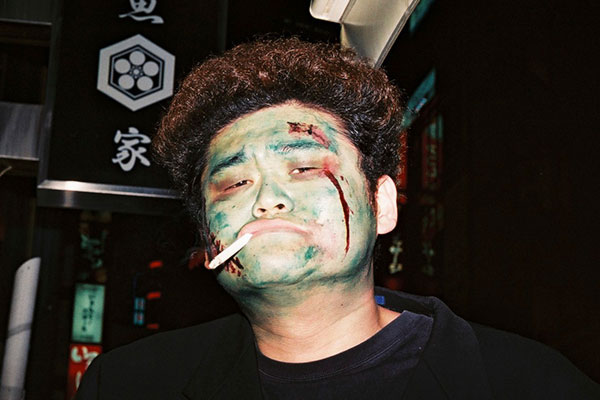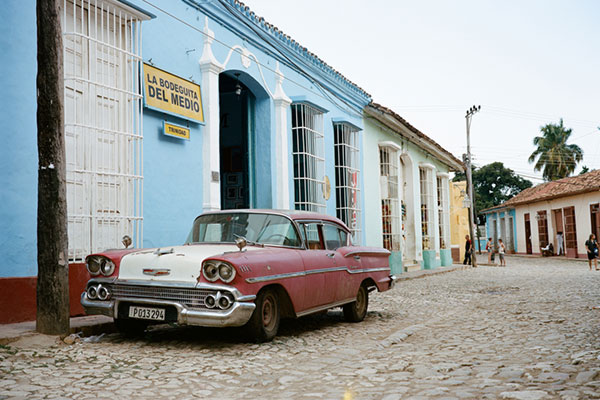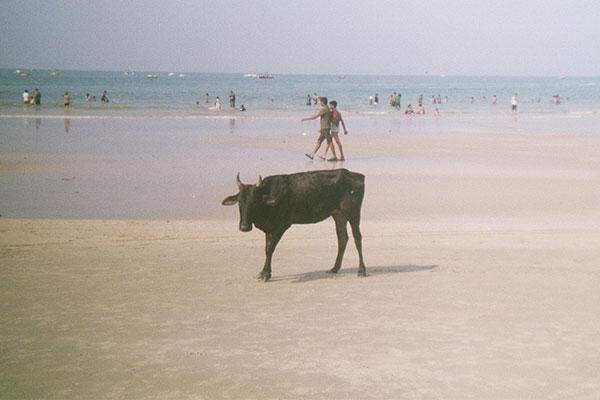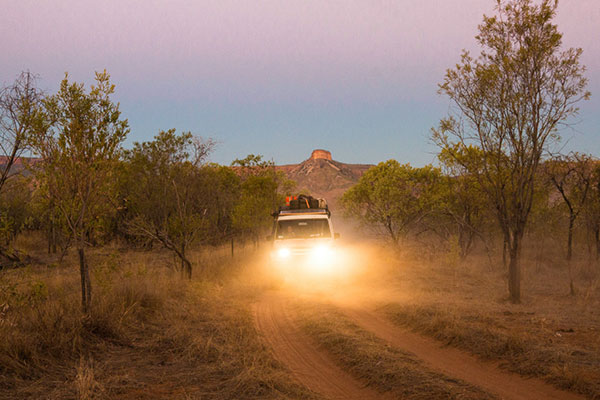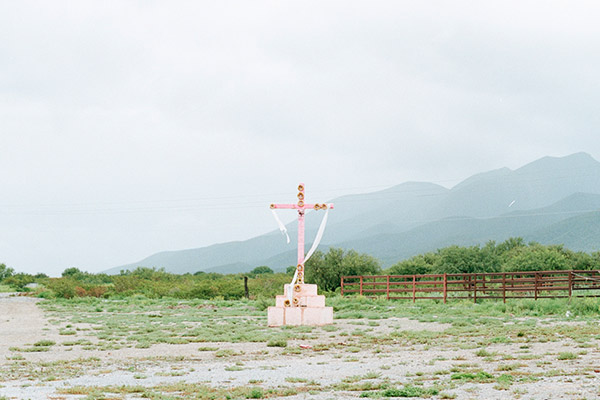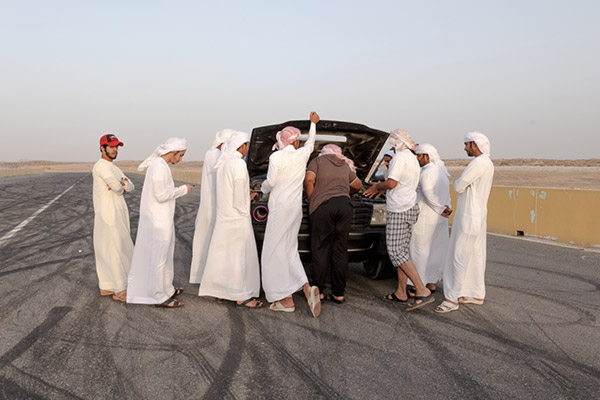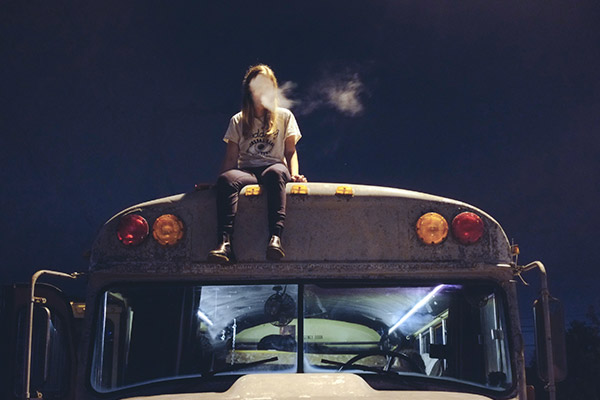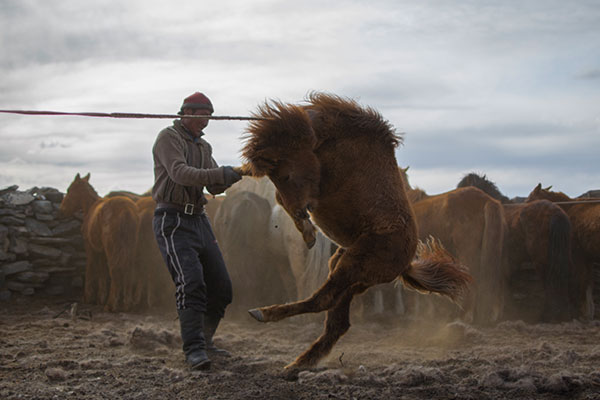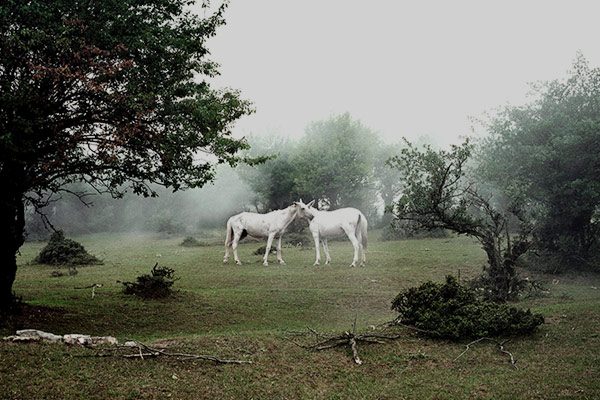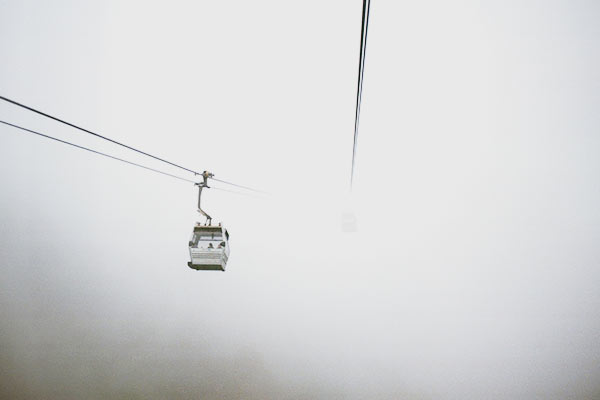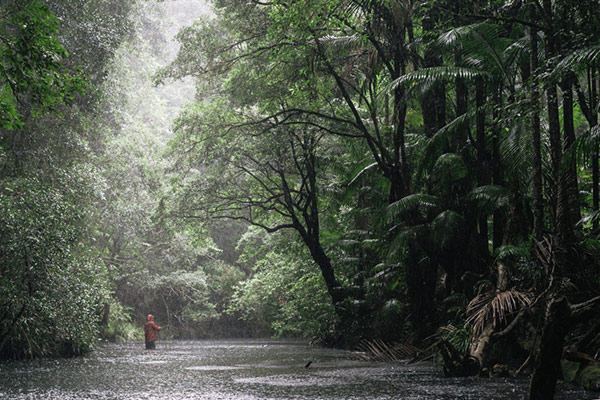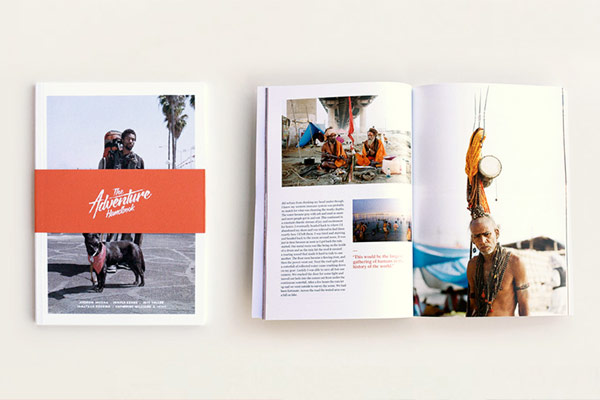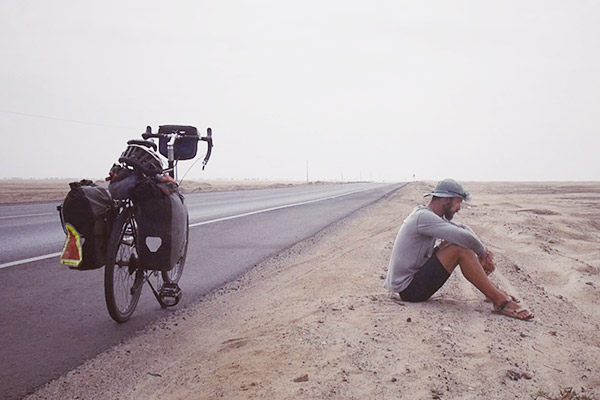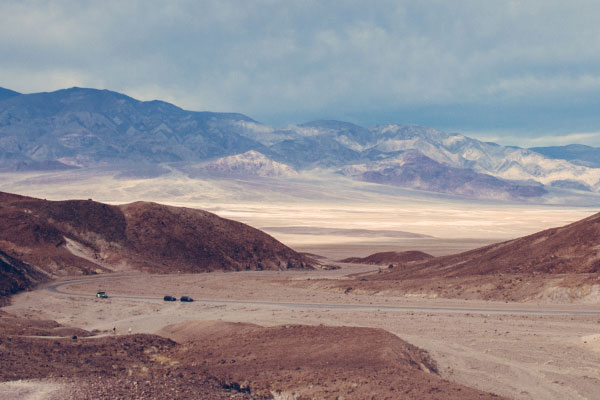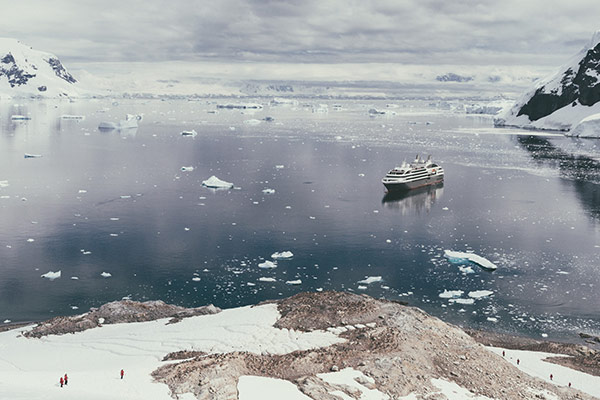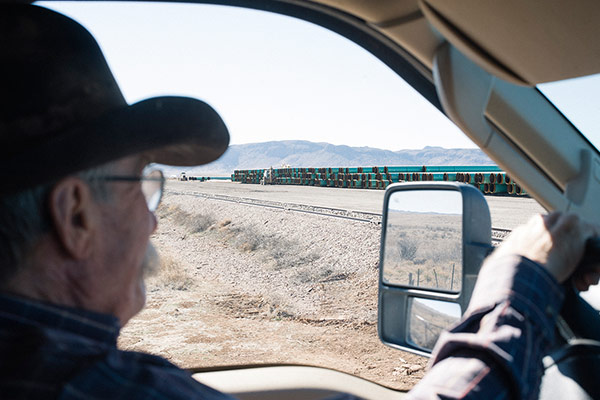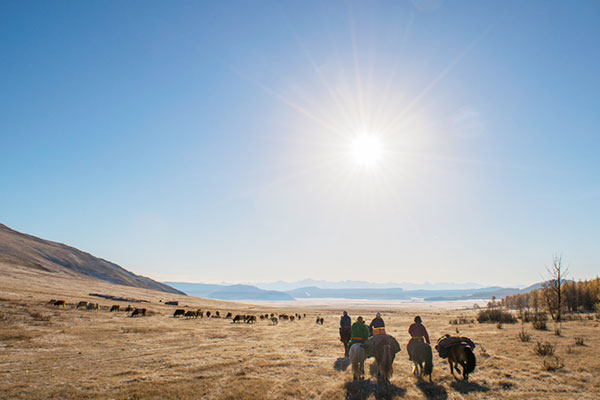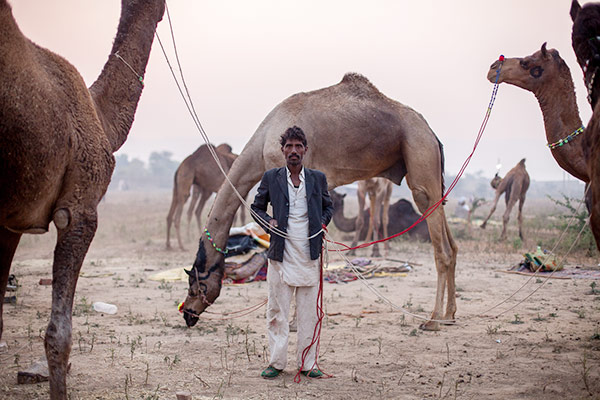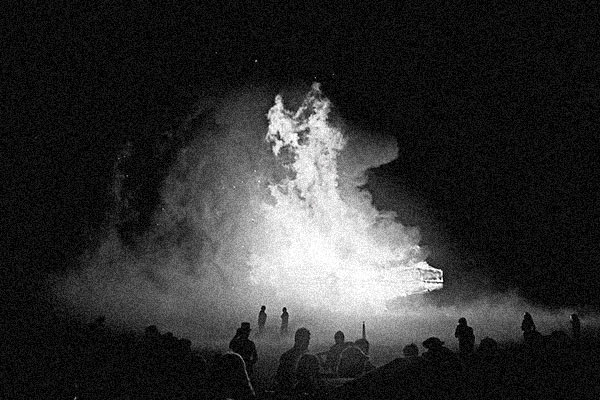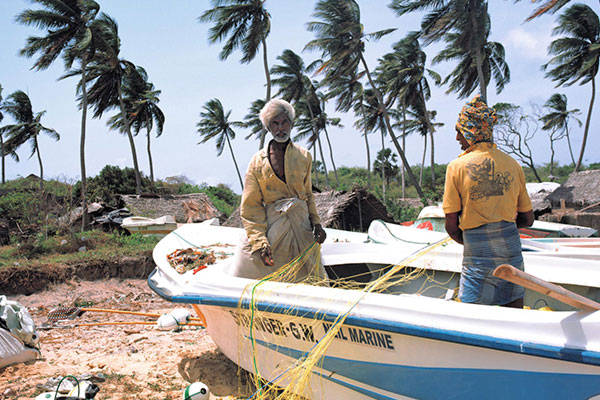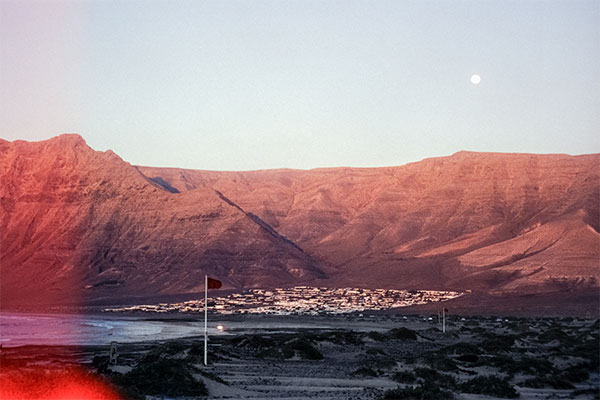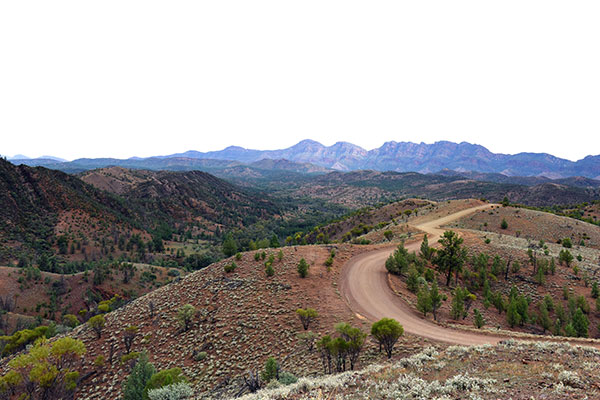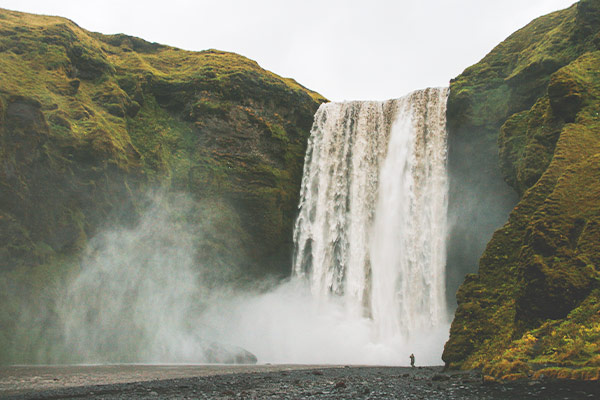Almost every summer I go to Hohhot, Inner Mongolia to visit my mom’s side of the family, hence the self portraits from 16 year old me. Inner Mongolia is an autonomous region of China that despite being mainly composed of Han Chinese people, has a large minority of Mongolian people. This always confuses people when I try to bring up my trips to Hohhot as they assume I’m always going to Mongolia, but in reality I’ve never even stepped foot in the country.
After a brutal travelling time of over 20 hours, my family and I fly into Hohhot, which is the capital of Inner Mongolia. This particular trip, I made the ridiculously stupid decision of not bringing any film with me to shoot besides the few frames left in my camera, because honestly I was hoping to cash in on some cheaper prices in the city. Naturally, I was horribly mistaken. We spent most of the first day trolling everywhere from portrait studios to photocopying places, until I found what might have been one of the last rolls of film in the city. I was given a dust covered roll of Kodak Gold that expired in the 90’s, but luckily enough I was able to get some photos from of it, albeit with trippy colors and distortions.
I spent most of my days visiting my grandparents and wandering their surrounding neighborhood. I am half Mongolian and half Caucasian, so I stick out like a sore thumb in these places. People will always give me sideways glances or prolonged stares as they probably try to guess what I’m doing in their area. Dirty market alleyways, open fryers of questionable but delicious smelling foods, and piled cages of pets for sale characterised my day-to-day experience. I love going to the hole in the wall grocery stores and restaurants. You can find random goods like fresh lychee, mare’s milk (which hilariously you can get drunk off of), dragon fruit, hawthorn berries, and various insects for the more adventurous.
I am half Mongolian and half Caucasian, so I stick out like a sore thumb in these places.
One of the most terrifying things in this city is the traffic. Imagines hordes of motorized bikes, cars, scooters, and janky trucks carrying loads of unsecured materials all fighting for a space on the road. There really aren’t any traffic cops in much of Inner Mongolia, or at least ones that actively give out tickets. This has given way to an adhoc flow of traffic that leaves pedestrians to fend for themselves. It is literally safer to J-walk a four lane highway than use the cross walk. It takes getting used to, but walking out lane by lane into a stream of oncoming traffic, waiting nervously on each dotted line until you progress to the next lane splitter, all before breakfast became the norm for us. But hey, we all survived.
This area of the People’s Republic of China has a strange relationship with its ethnic minorities. As an inevitable cultural homogeny spreads in China due to factors as broadly-reaching as mainstream popular culture, modernization, and western influence, ethnic tourism is becoming a growing source of entertainment for the Chinese people. A swiftly growing middle class of Chinese has given many opportunities to experience the luxuries of tourism and vacationing that previously were unattainable. For better or for worse, pockets of ethnic diversity in China are becoming commercialized as common vacation destinations.
A swiftly growing middle class of Chinese has given many opportunities to experience the luxuries of tourism and vacationing that previously were unattainable.
In Hohhot, the main attraction is the grasslands in the outer lying areas. Huge swathes of open land and rolling hills of green that were once home to Genghis Khan and the Mongolian Empire draw thousands out onto the prairies. Inner Mongolia served as one of the points where the Great Wall of China was built by the Ming Dynasty to separate the two empires. In modern Inner Mongolia, this once disputed territory has developed a kind of romantic folklore with its past. The portion of the grasslands we visited accomodated a full sized replica of the Great Wall constructed for people to take photos on. Dorkily-dressed tourists wore cowboy hats and visors and snapped cell phone pictures of the displays. It was all so incredibly bizarre. In that one scene, I could spot numerous wedding photos, camel rides, and prefabricated walkways leading up a nicely grazed hill, all while hundred of yards away traditional Mongolians were living in yurts and letting their sheep graze.
It was one of the most confusing sites I’ve ever witnessed. All these people were being sold a packaged and commercialized experience of a culture’s heritage, all within sight of some of the last traditionally living Mongolians in the area, carrying out their day to day activities. Ignoring the cultural fixation and commodification that was going on around them. I was kind of bummed out to see how blatantly the whole display was being marketed at the expense of the environment and cultural identity of the area. But whatever – maybe it’s the way most areas of historical importance stay relevant in the modern age.
Regardless, nothing can compare to the raw epic beauty of miles of open land, under the same blue sky, that for generations has sustained the grasslands for the living legend it is.
Words and images by Sean Gilchrist
Receive a postcard from us sign up


